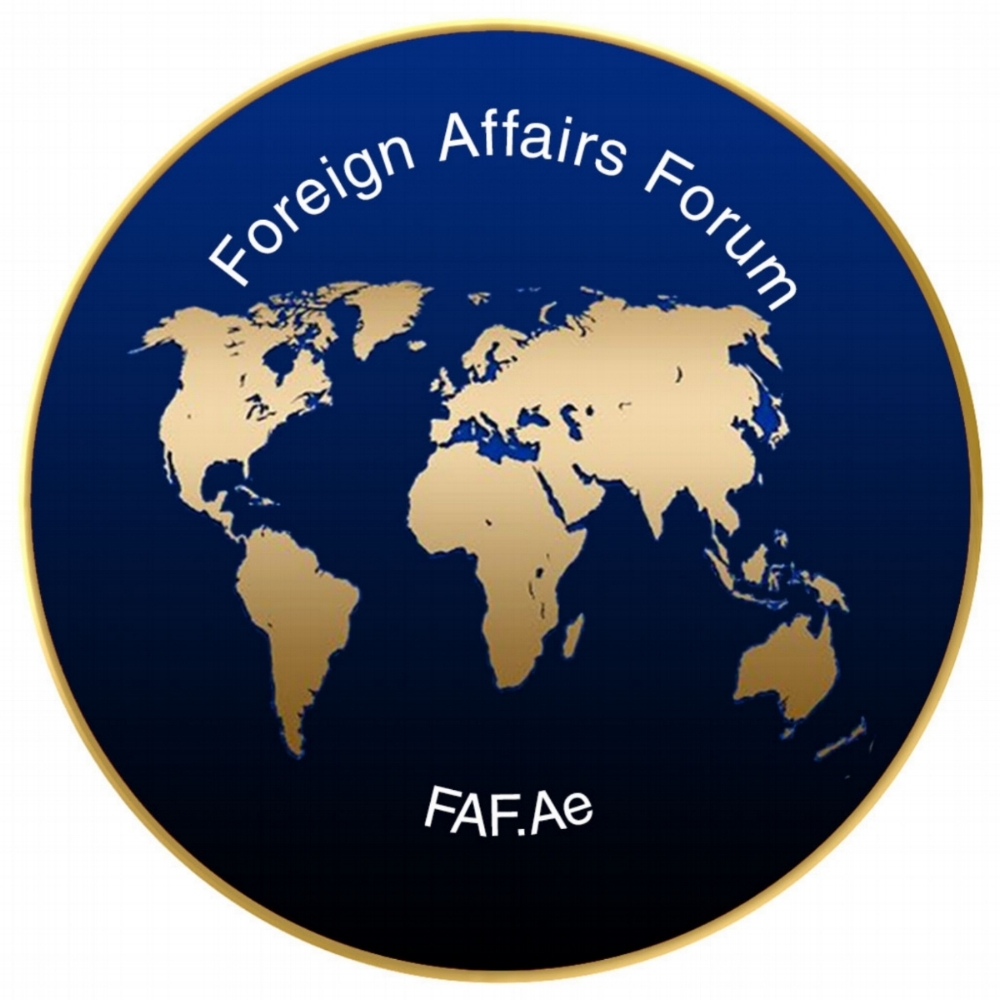The History of Saudi Arabia
Early Years
The Kingdom of Saudi Arabia is part of the Arabian Peninsula. It also includes the United Arab Emirates, Qatar, Kuwait, Sultanate of Oman, and Yemen. For many centuries, Arabs engaged in agriculture, hunting and herding domestic animals like sheep. Modern-day Saudi Arabians were influenced by ancient civilizations like Byzantium, China, Egypt, Greece, Rome, India, Mesopotamia, Persia, and Rome.
Saudi Arabia was a very old trade hub which was situated between two magnificent centers of culture which are Mesopotamia and Nile River. The Arabian Peninsula was at the intersection of the distant past. Trade was essential to development. Caravan roads emerged as trade channels which made life promising in the thinly populated neck of land. Large caravans travelled from modern Yemen and Oman. During that period, Arabs were not affected by political chaos in other areas.
First Saudi State
During the early 18th century, Muslim reformist and academician Shaikh Muhammad bin Abdul Wahhab advocated the return to Islam’s original form. He was persecuted by other leaders who saw him as a threat to their dominions. He sought refuge in Diriyah which was under the rule of Muhammad bin Saud. The two forged a pact to restore Islam’s teachings to the local community.
By 1778, the Saudi State governed the whole central highlands (Najd) and extended its dominance of the Arabian Peninsula in the 19th century. The Ottoman rulers became jealous of the Al-Saud rulers and destroyed the City of Diriyah. The family regained control of Central Arabia in 1824 and Turki bin Abdullah Al-Saud moved the capital to Riyadh. He established the second Saudi Estate and recovered majority of their territory from the Ottoman Empire. The Second Saudi State flourished under a period of peace and opulence. Trace and agriculture thrived until another Ottoman invasion caused the downfall of the Saudi Territory. The new ruler, Abdulrahman bin Faisal Al-Saud had no choice but to give up his fight in 1891. He fled to Kuwait and remained there until 1902.
Modern Kingdom
The son of Abdulrahman (Abdulaziz) was resolute in regaining his estate in Riyadh. He retook the City and united all opposing tribes into a single nation. This marked the start of the modern state of Saudi Arabia. King Abdulaziz Al-Saud founded the present Kingdom of Saudi Arabia in 1932. The change was amazing because the Kingdom of Saudi Arabia blossomed into a highly developed and rich nation.
King Abdulaziz is known as an outstanding leader with sense of vision and wide imagination responsible for leading his country to modernization. He built infrastructure and communications networks; improved the educational system; brought in sophisticated technology; and improved health care and agriculture. He was a fine statesman even if he did not travel to other countries.
The eldest son of Abdulaziz, Saud, succeeded him after the former’s demise in 1953. Saud continued the bequest of his father. He formed the Council of Ministers and created three ministries (Commerce, Education and Health). One of his biggest contributions was the enhancement of Saudi Arabia’s educational structure. He established the King Saud University (the first higher education institute) and visited the United States in 1957. Saud also sponsored the first International Islamic Conference which will later evolve into the Muslim World League.
There were other great monarchs such as King Faisal bin Abdulaziz who became popular as a visionary with reverence for Islam tradition. He was one of the key figures behind the formation of the Organization of Islamic Cooperation (OIC) in 1971 at Jeddah. This ruler was a main proponent of restraint and peace during the Arab-Israeli War (1960 and 1970) and the 1973 oil crisis.
The other monarchs who came after him were King Khalid from 1975 to 1982 who was a main mover in establishing the Gulf cooperation Council in 1981. This group is composed of Sauid Arabia, the UAE, Qatar, Kuwait, Oman, and Bahrain. King Fahd took over from King Khalid. He was an advocate of economic diversification as well as promotion of private enterprise and investments. He was christened the “Custodian of the Two Holy Mosques.”
King Abdullah was the next sovereign following the death of King Fahd. He was an expert in international diplomacy. Abdullah’s diplomatic savvy replicates his primary role in the achievement of regional security and peace. He campaigned for the creation of a far-reaching Arab-Israeli peace accord which was introduced during the 2002 Beirut Arab Summit.
King Salman bin Abdulaziz
King Salman was proclaimed the seventh monarch of the Kingdom of Saudi Arabia on January 23, 2015. He also assumed the position of Prime Minister of the Council of Ministers. He was deputy governor of Riyadh until 1955; governor until 1960 and, again from 1963 to 2011. He was hailed defense minister after November of that same year. The newest King has been acknowledged for building Riyadh, the capital city of Saudi Arabia into a progressive global urban hub.







